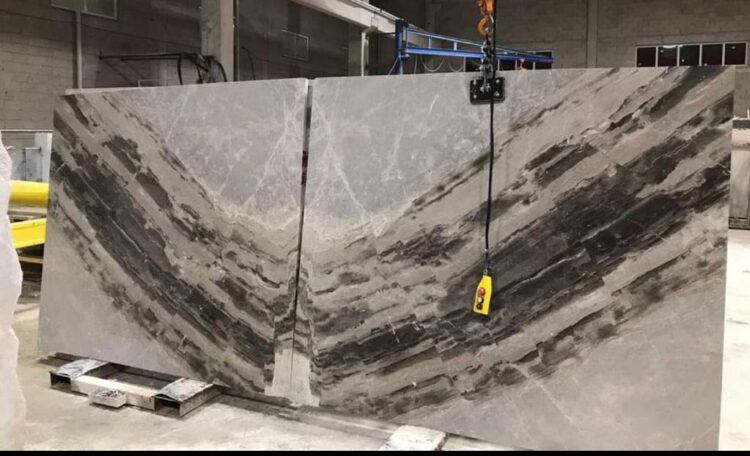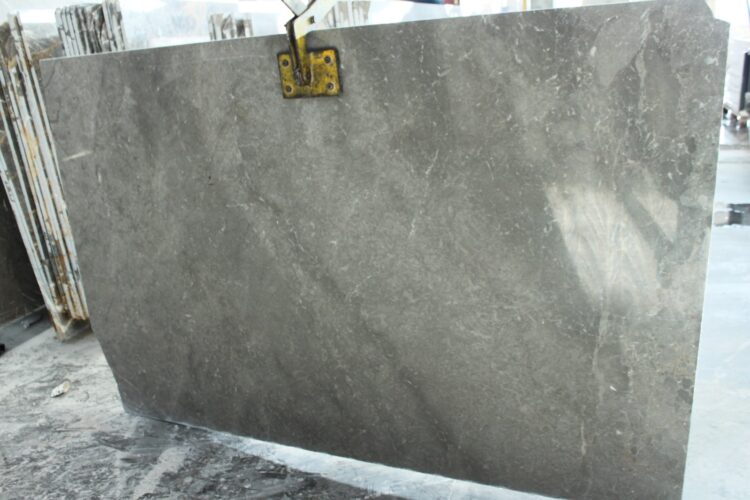Meet an artist who creates works at the intersection of art and craft, inspired by the rich culture of the land of his birth: Tamer Ersoy. Ersoy, who was born in Manisa’s Alaşehir district in 1971 and spent his childhood in a carpenter’s workshop, is a sculptor who has adopted the mission of turning every moment of life into art. His academic and artistic adventure, which started at Dokuz Eylül University Faculty of Fine Arts, took him to the point where he worked as a lecturer at DEU Torbalı Vocational School. In this interview, we will take a closer look at the sources of inspiration that shape Ersoy’s art, his creative processes and the effects of his art on society.
Could you introduce yourself before moving on to your work?
My name is Tamer Ersoy I was born in 1971 in Manisa Alaşehir. I am the son of a carpenter. My childhood was spent playing with wood pieces in the workshop and making toys and sculptures with them. I completed my primary, secondary and high school education in Alaşehir. I completed my university education in D.E.U Buca Faculty of Education Painting Department. I finished my master’s degree in 1997. After 5 years of teaching painting, I was appointed as an assistant to DEU Fine Arts Faculty in 1998. Since 2002, I have been working as a lecturer at DEU Torbalı Vocational School.
Can you tell us a little bit about your creative process? What is the process you usually follow when you start making a sculpture?
I start my work by drawing first. Evening hours are my design and drawing time. I transform the designs I draw in the sketchbook into sculpture design models made of ceramic clay in the sculpture workshop of the school, this process takes about a month. By firing my clay designs in the ceramic kiln, we ensure that they harden and are resistant to external factors. Then we move on to the process of transferring the designs we have made to the stone. At this stage, when we will make a one-to-one transfer, we use the measure tool used by the sculptors, which we call the punctuation tool or point machine. We use the scaling method if we are going to enlarge our work or make it two or three times larger..
Which themes do you usually deal with in your works?
In my works, I usually try to create a language of my own by simplifying human animal figures or these figures. My works sometimes consist of simplified fairy tale modern archaic busts and sometimes completely abstract forms. In portraits, I try to obtain flat forms that are highly simplified and symbolized. In my abstract forms, I try to create Lego forms that can be articulated with each other consisting mostly of organic structures. In this way, sculptural forms that can be articulated with each other are formed that can be played on which the audience is interactively involved. My abstract plays are very appreciated by children due to their lego-like structure. By creating organic textures on abstract sculpture forms, I transform the forms that seem opposite to each other into forms that are compatible with each other. Another pillar of my work is ceramic sculptures and sandstone relief works. I make design-oriented human animal abstractions in my ceramic sculptures. I make my sandstone works as relief works on 5-6 cm thick 30×40 cm wide stones. As Torbalı Vocational School, we also carry out the student exchange program within the scope of the sister school project with the stone carving school in the city of WUNSİEDEL in Germany. In this context, I can say that we have sent quite a lot as a school in stone carving and stone sculpture or artifact restoration. My sandstone reliefs consist of reliefs or personalized design-oriented works to customize the exterior surfaces of buildings.
How does marble make you feel when you work on projects made of marble?
Marble is a sculpture material that is very durable due to its structure and has been used for thousands of years. Naturally, it attracted me like every sculptor. First of all, it is durable and the other aspect is that it is not an easy material and it is a material that not every sculptor would want to work with. Because it is difficult, marble sculpture finds itself more susceptible to theft than other sculptures. It makes it valuable and special. Marble also allows the sculpture to play with light and shadow by letting in the light with its semi-transparent structure.
Which type of marble do you prefer in your projects?
In my works, I especially prefer Bursa Kemalpaşa marble, dolomittic marbles, Afyon sugar or Muğla white marble.
What do you think and how do you feel when you look at your work after completing it?
I exhibit some of my works in the garden of DEU Buca Faculty of Education. My work accumulates over the years and I can see how I have progressed over time, which makes me happy.
Could you share the names and features of a few of your favorite projects?
My favorite marble work is the group sculpture called “Young Family”. My favorite piece of abstract sculpture is the Lego form called “Organic Structure” or organic structure.
Is there anything you would like to add besides my questions?
Finally, there is something I want to say; I have been working as a sculpture teacher for nearly thirty years and I have accumulated a large amount of sculpture or sculptural forms and works. I am working on a “Sculpture House” project, where my works cover the exterior of the building, where young generations can work and learn by making marble and stone sculptures. I am looking for sponsors for this matter.





























 +90 532 585 51 95
+90 532 585 51 95 +90 532 585 51 95
+90 532 585 51 95